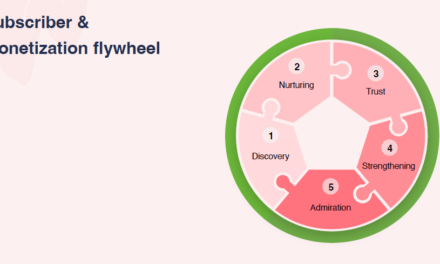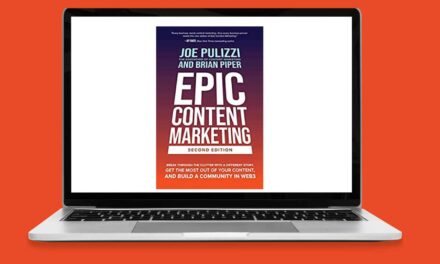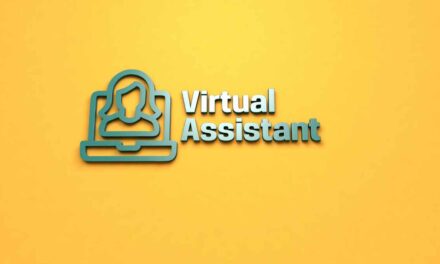Are you a content entrepreneur in the sea of sameness? Or are you deep in the ocean of obscurity not knowing how to differentiate your content?
Robert Rose, chief troublemaker at The Content Advisory, asked those questions of Creator Economy Expo 2023 attendees. As he explains, content entrepreneurs in the sea of sameness have the occasional different idea, but they express them as well as anyone. In the ocean of obscurity, creators frequently have amazing, remarkable ideas, but they can’t express them.
Escaping either body of troubled water involves the same solution: Create a point of view story to help differentiate your content.
Frankly, for content entrepreneurs, a point of view is a necessity for a successful business. After all, your POV should be your brand’s competitive advantage. Otherwise, your content business will just tread water.
“It’s your invitation to the journey for your audience,” Robert says. To design and implement your POV, Robert offers this process:
1. Develop a brand promise: What do you stand for? Every narrative you create should align with your brand promise. It embodies who you are. It’s how you express yourself in content.
2. Determine your orientations: What do you do? It could be channels, email vs. website, guest posts – all the places where you distribute your output. You can identify themes, shows, initiatives, projects, etc. How do you plan the order of those things? How many ideas do you express?
3. Create your unique point of view as a story: This is your non-negotiable view of the world as a story. It centers on your audience’s why. Creating this allows you to express ideas in consistent yet different ways across different orientations.
Identify your primary purpose. How will your audience benefit from your POV? Then, create the primary message that you will use throughout your business. Secondary messages follow. These are based on context so they may be audience or channel specific.
With your messaging in place, you can detail your definitions/standards. What is your consistent voice? What words, phrases, concepts, etc., have consistent meaning across your content?
Now, you have your POV architecture.
4. Create content briefs. Documenting your POV as a story then lets you have a common document from which to operate. It is essential if you work with others to create the content or market the business. But even if you’re solo, the POV document can serve you well when you’re tempted to stray from your focus or sometimes forget parts of the POV story. It helps you scale ideas, create consistency, and think about your audience and content in a broader or deeper way.
5. Treat your POV story as a living document: Just because you write it down doesn’t mean it won’t change. Revisit it at least annually to ensure your POV still aligns with the story you want to tell, and your audience wants to hear.
Learn from expert presenters at Content Entrepreneur Expo. Register today! |
About the author
Ann regularly combines words and strategy for B2B, B2C, and nonprofits, continuing to live up to her high school nickname, Editor Ann. An IABC Communicator of the Year and founder of G Force Communication, Ann coaches and trains professionals in all things content. Connect with her on LinkedIn and Twitter.










